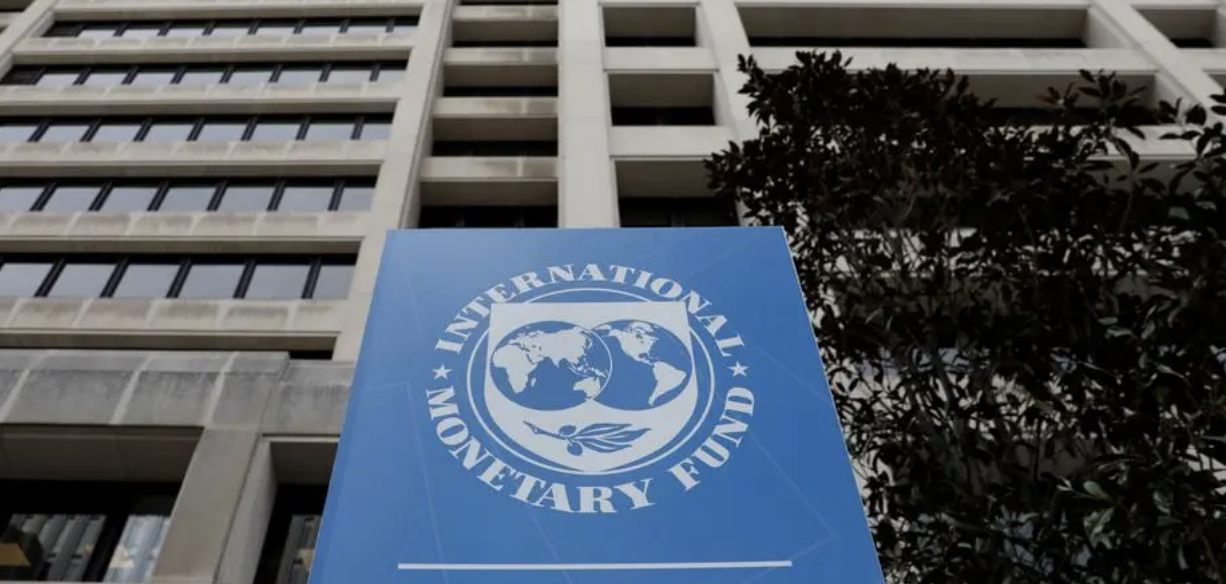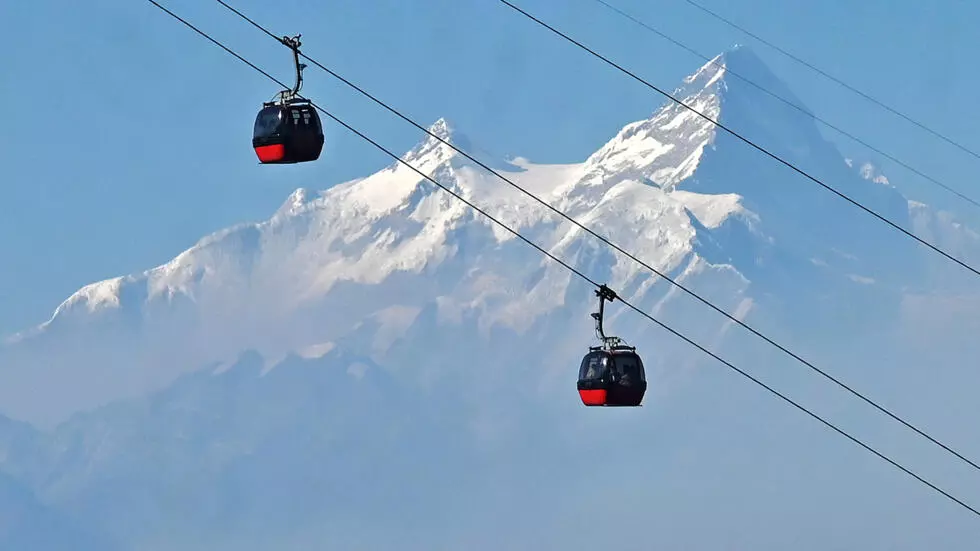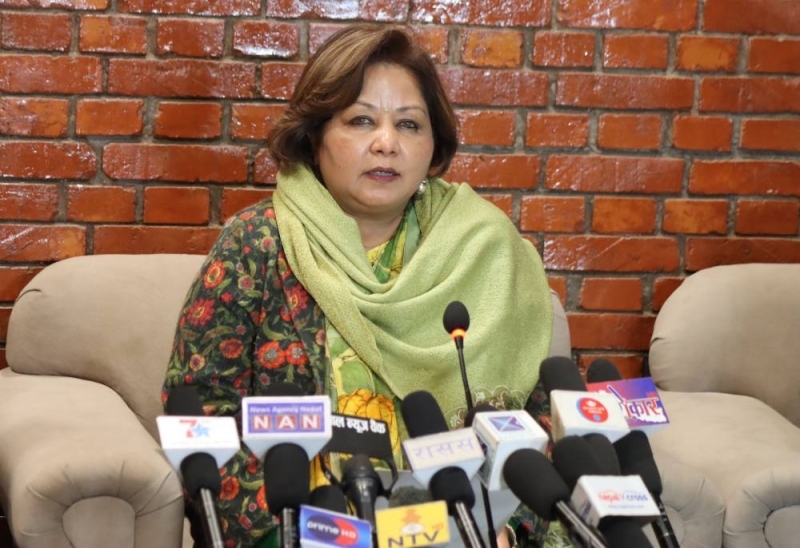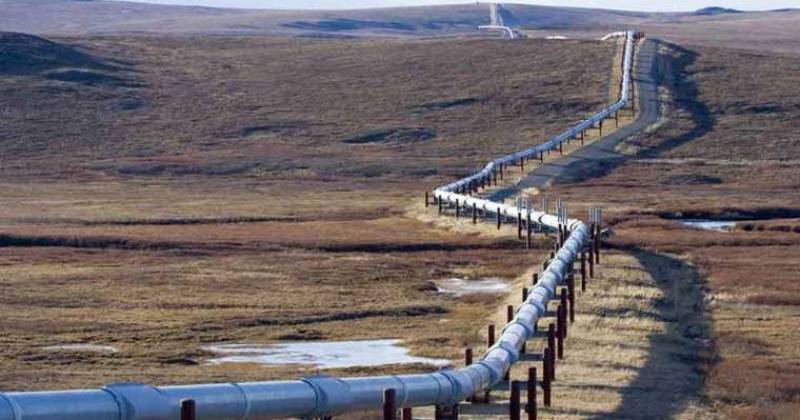IMF projects Nepal’s economy to grow at 4.2

Kathmandu — The International Monetary Fund (IMF) has projected Nepal’s economic growth at 4.2 percent in 2022.
The IMF revised its initial estimate of the economic growth rate in the report entitled ‘World Economic Outlook: Countering the Cost-of-Living Crisis’ which it unveiled this week.
In January, the IMF projected Nepal would achieve economic growth of 4.1 percent. However, it has anticipated Nepal’s economic growth rate to decline in 2023. As per the IMF’s projection last January, Nepal’s economic growth rate next year was estimated at 6.1 percent. But this projection has been dropped and confined at 5 percent. However, the government has set the goal of achieving 8 percent economic growth rate for fiscal year 2022/23.
Likewise, the IMF has revised the earlier estimates for inflation. It had initially estimated the inflation to be at 6.3 percent in 2022 and at 7.7 percent in 2023. But it has revised this now to be at 8.1 percent in 2022 and at 7.2 percent in 2023.
The government has however projected to limit inflation within the bounds of 7 percent through the budget for the current fiscal year. IMF has stated in its report that the global economic activity is experiencing a broad-based and sharper-than-expected slowdown, with inflation higher than seen in several decades.
The cost-of-living crisis, tightening financial conditions in most regions, Russia’s invasion of Ukraine, and the lingering COVID-19 pandemic all weigh heavily on the outlook. Global growth is forecast to slow from 6.0 percent in 2021 to 3.2 percent in 2022 and 2.7 percent in 2023.
This is the weakest growth profile since 2001 except for the global financial crisis and the acute phase of the COVID-19 pandemic. Global inflation is forecast to rise from 4.7 percent in 2021 to 8.8 percent in 2022 but to decline to 6.5 percent in 2023 and to 4.1 percent by 2024. Monetary policy should stay the course to restore price stability, and fiscal policy should aim to alleviate the cost-of-living pressures while maintaining a sufficiently tight stance aligned with monetary policy.
Structural reforms can further support the fight against inflation by improving productivity and easing supply constraints, while multilateral cooperation is necessary for fast-tracking the green energy transition and preventing fragmentation. RSS



















Facebook Comments